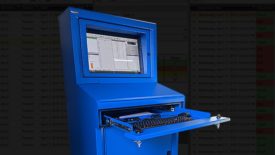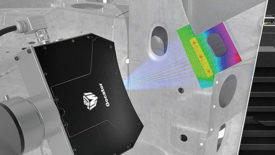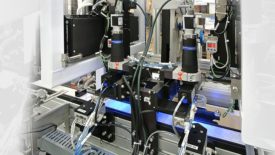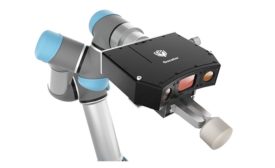Home » system integration
Articles Tagged with ''system integration''
Lean with Lazarus | Ian R. Lazarus
System 1 is satisfied to draw conclusions with limited data, and more often than not, System 2 never bothers to get involved;
Read More
Vision & Sensors | Vision
Integrated, Centrally-Managed Machine Vision for Built-In Quality
If we can bridge the confidence gap between underperforming legacy vision systems and manufacturers’ needs today, the rate of adoption is sure to grow exponentially.
April 2, 2024
Systems Integration
Systems integration for machine vision solutions – Driving application success with current and future technologies
In the rapidly changing and expanding landscape of imaging hardware components and software solutions, the job of systems integration is as important as ever.
April 1, 2024
Vision & Sensors | Machine Vision 101
System Integration: Consolidating Vision Systems into the Manufacturing Process
Complex machine vision inspection systems have become a key component of the manufacturing process.
March 17, 2023
Vision & Sensors | System Integration
The Power Of Embedded GPU-Driven Smart Sensor Acceleration
There are four common reasons manufacturers would need to use a smart vision accelerator to enhance the inspection performance of their sensor.
July 6, 2022
Vision & Sensors
Vision & Sensors 101: Machine Vision System Integration
Success with vision system integration requires starting right.
January 1, 2022
The Effective System Integrator
Risks are inherent in any engineering activity such as system integration.
July 1, 2017
Turnkey Machine Vision Integration Success
Let’s take a look at how you can succeed every time.
July 1, 2017
Stay in the know with Quality’s comprehensive coverage of
the manufacturing and metrology industries.
eNewsletter | Website | eMagazine
JOIN TODAY!Copyright ©2024. All Rights Reserved BNP Media.
Design, CMS, Hosting & Web Development :: ePublishing










